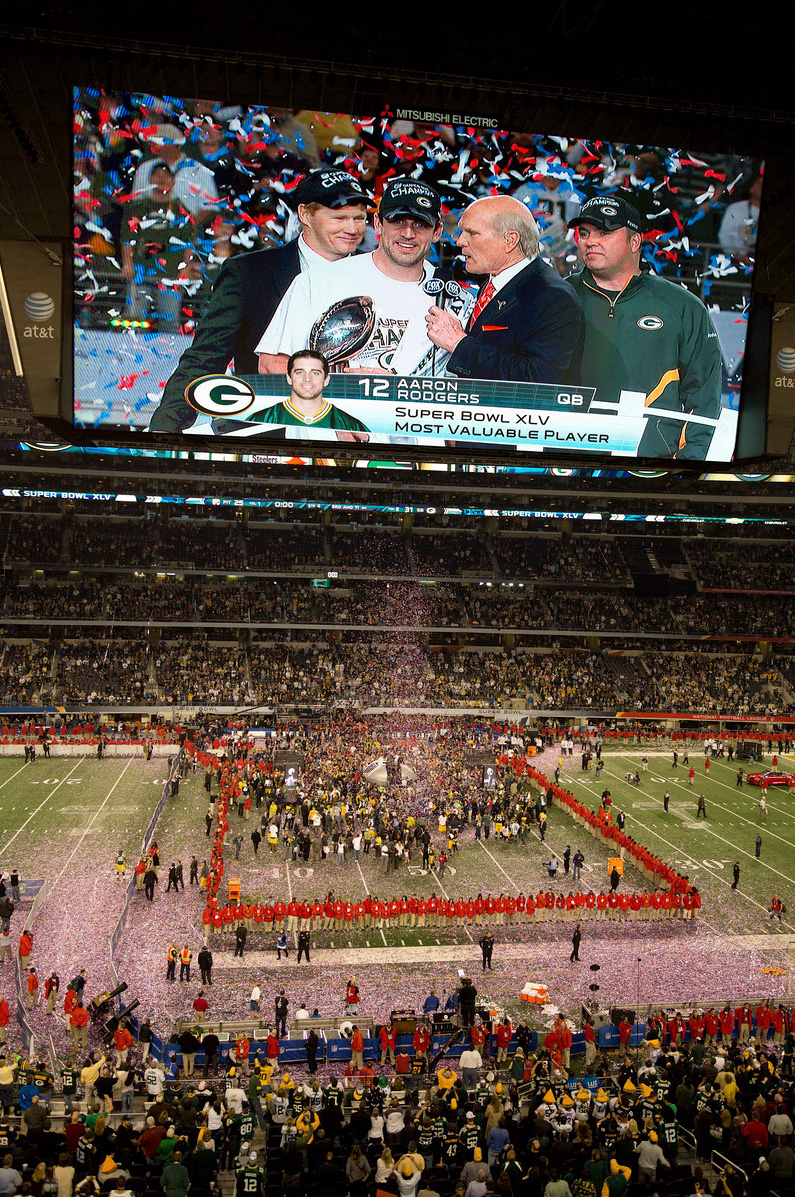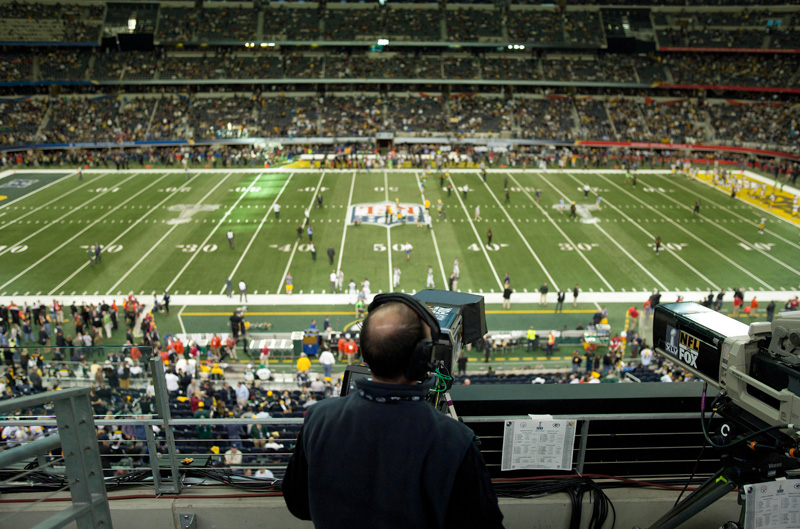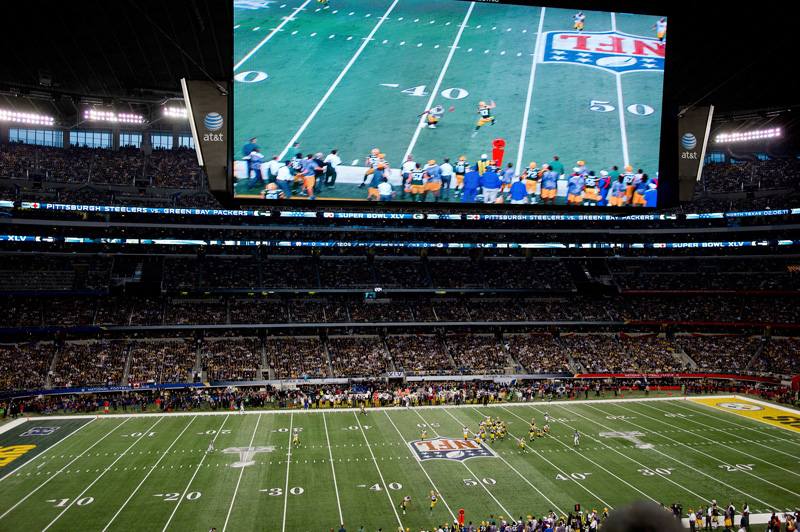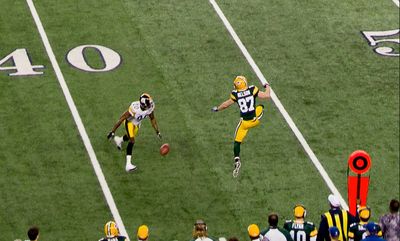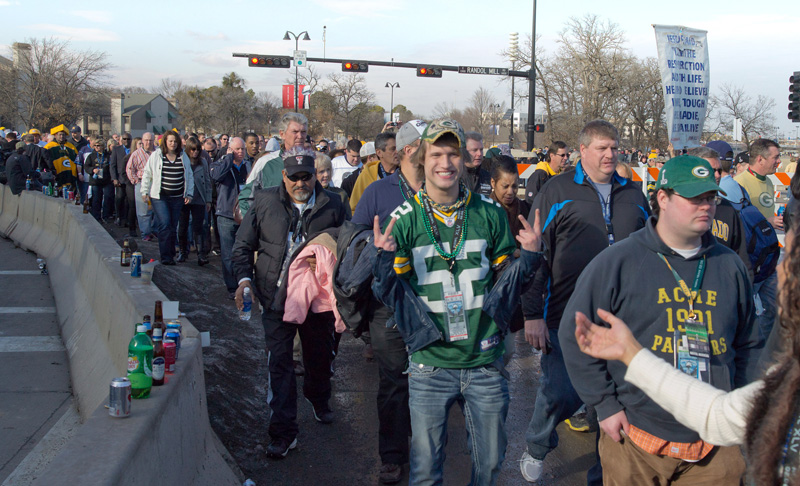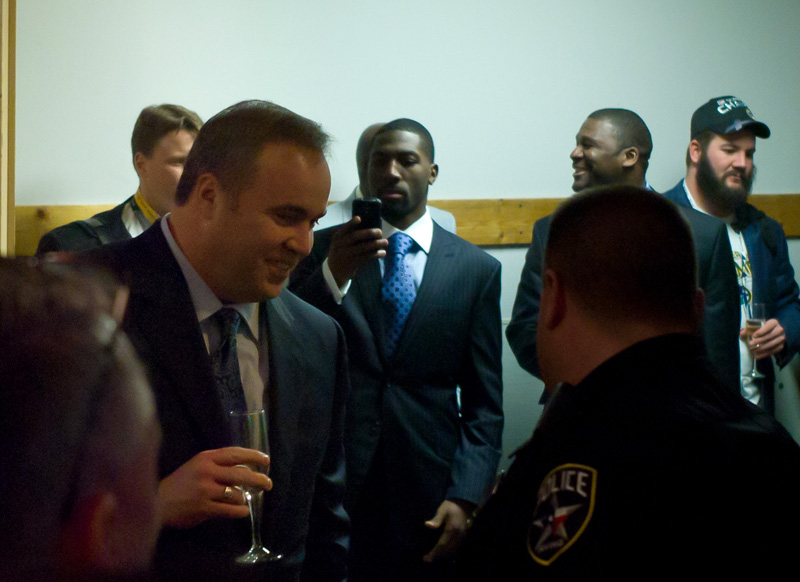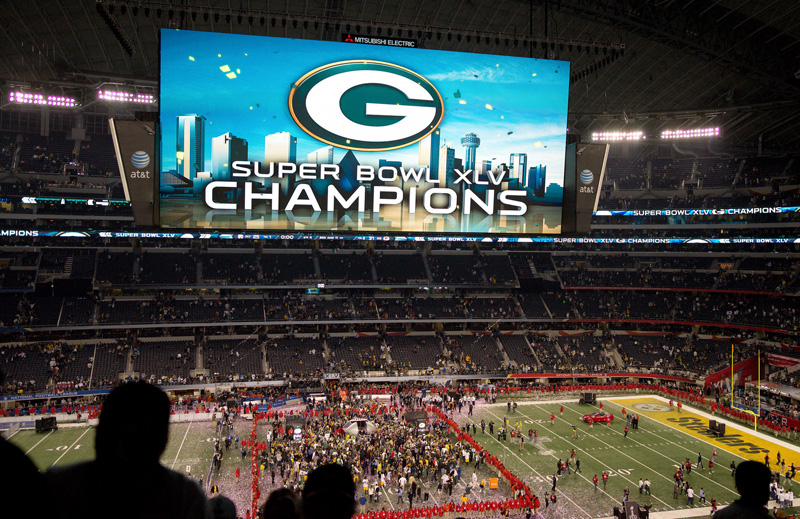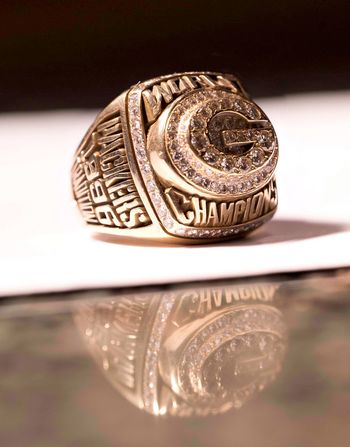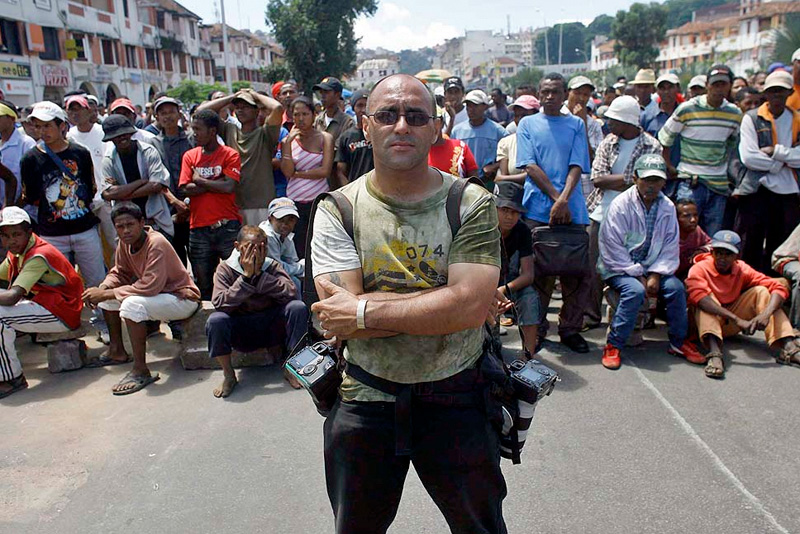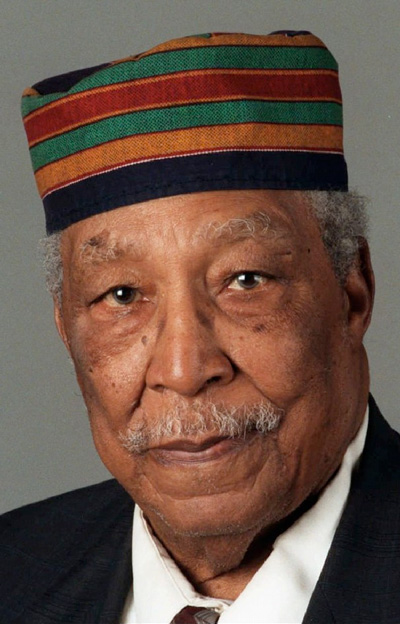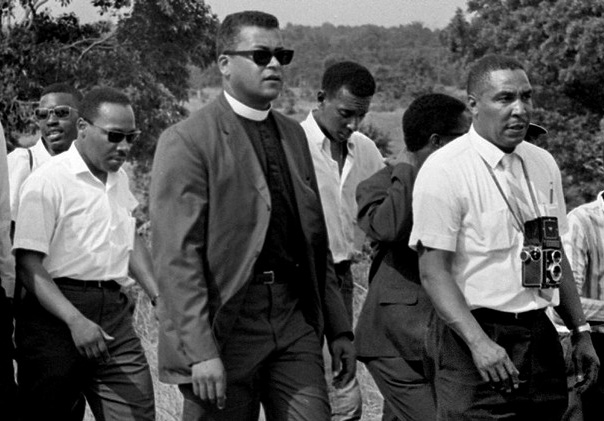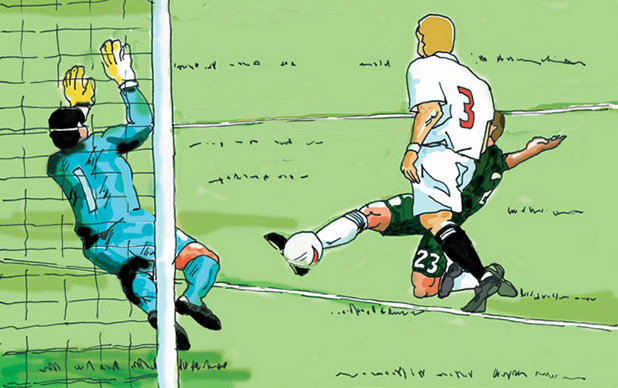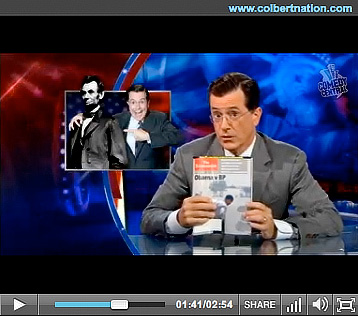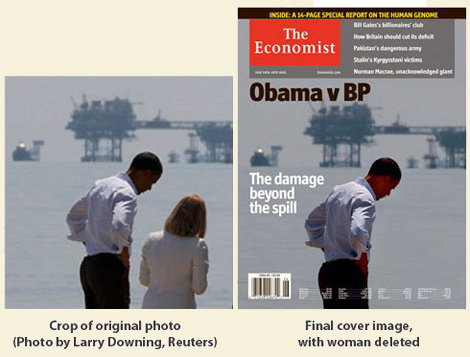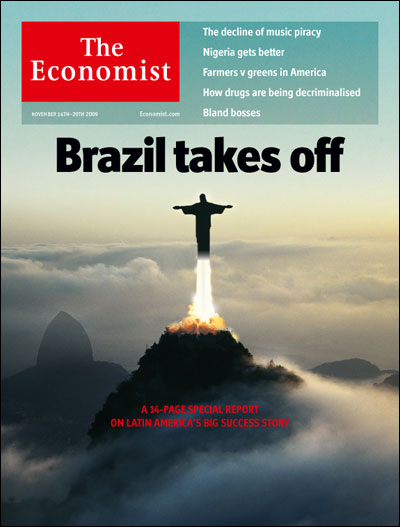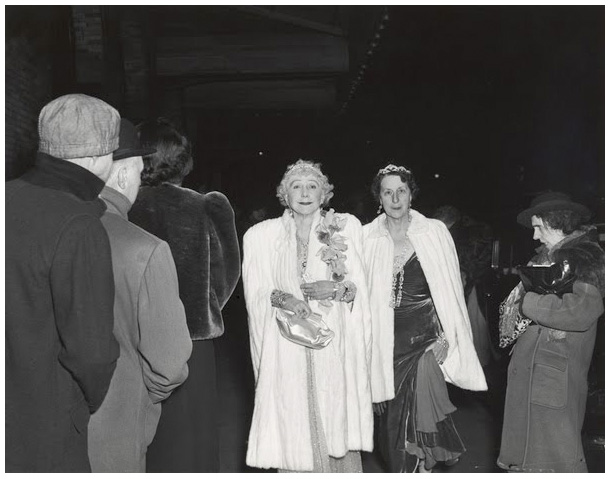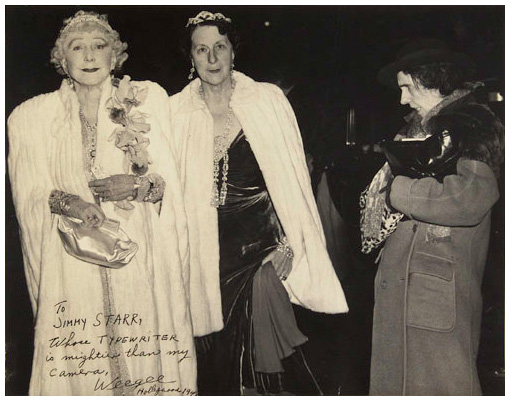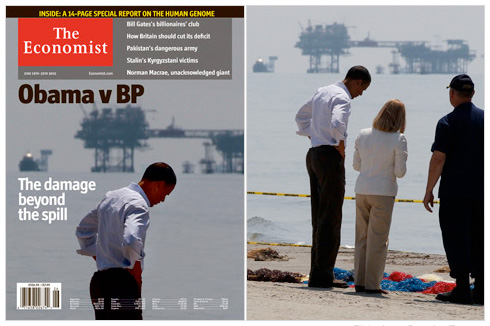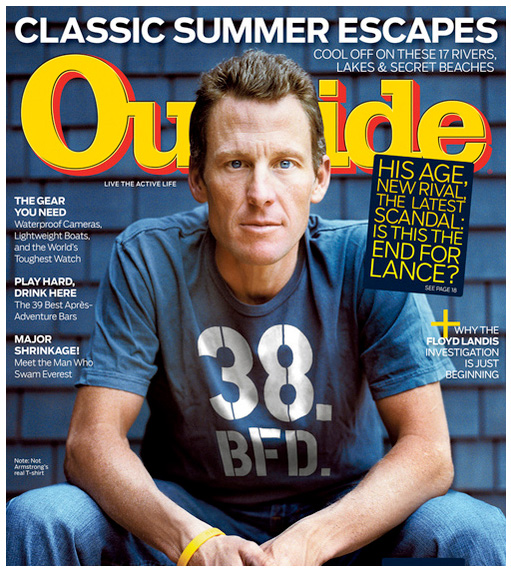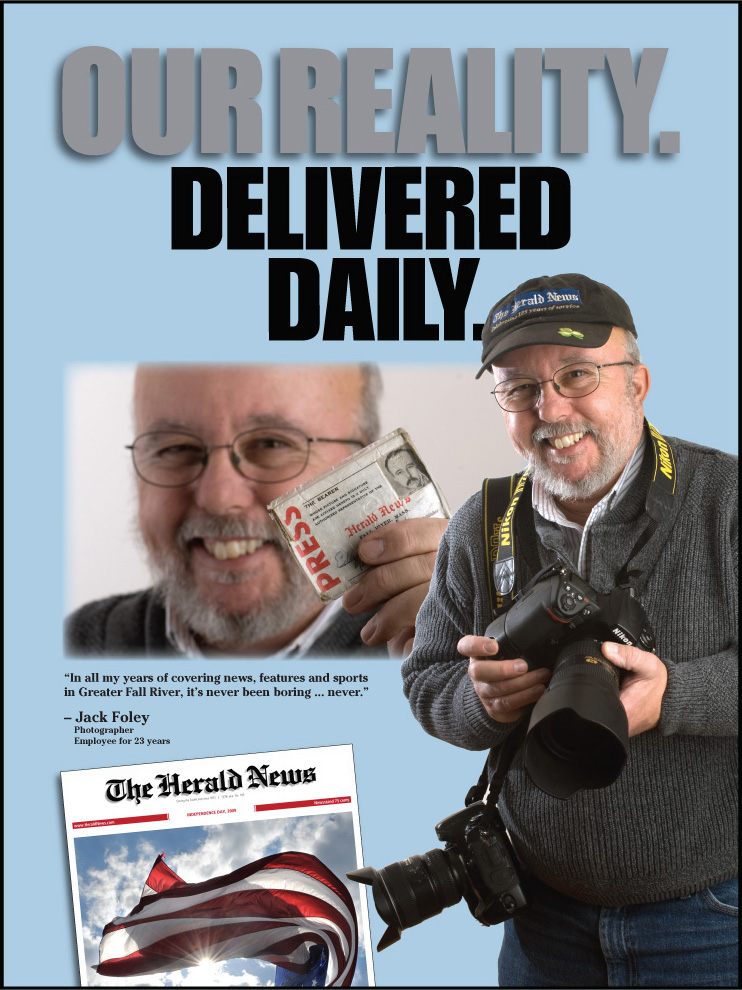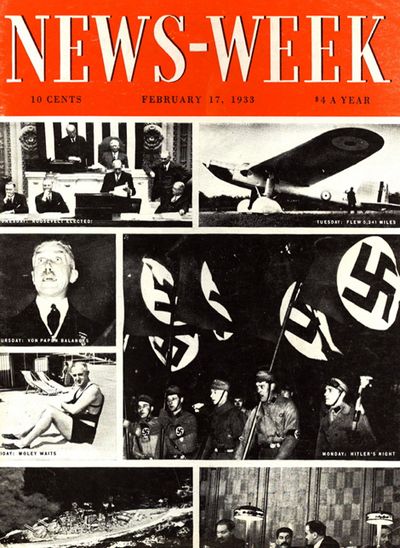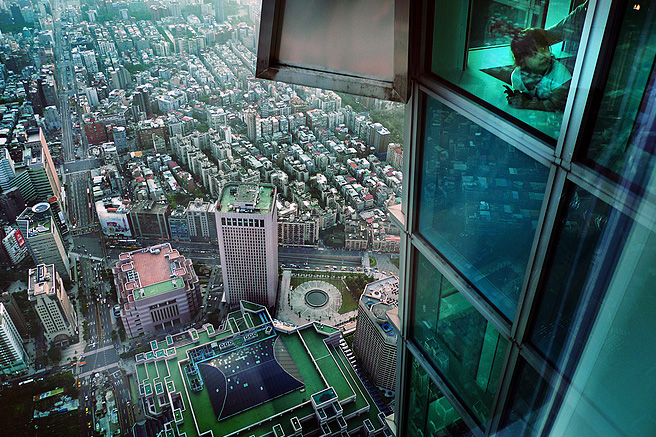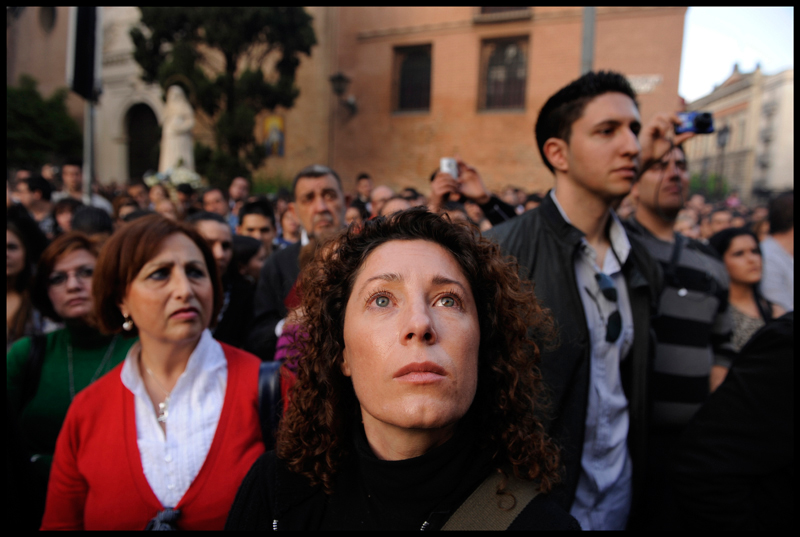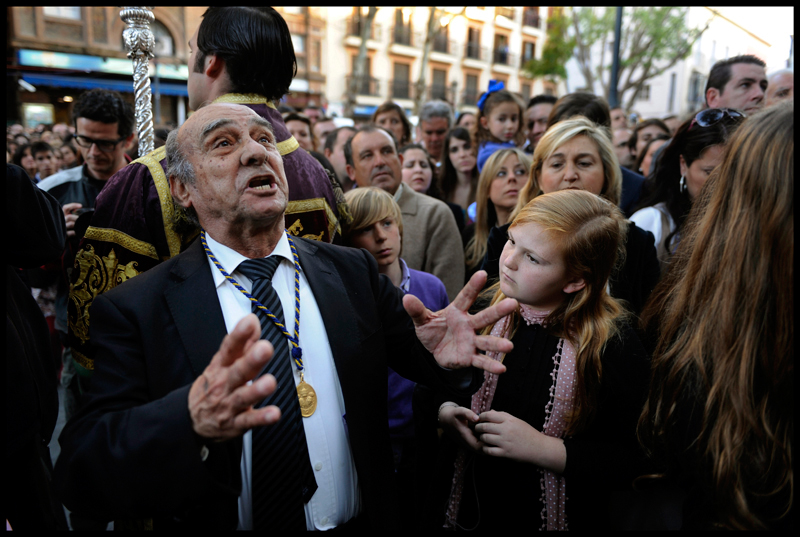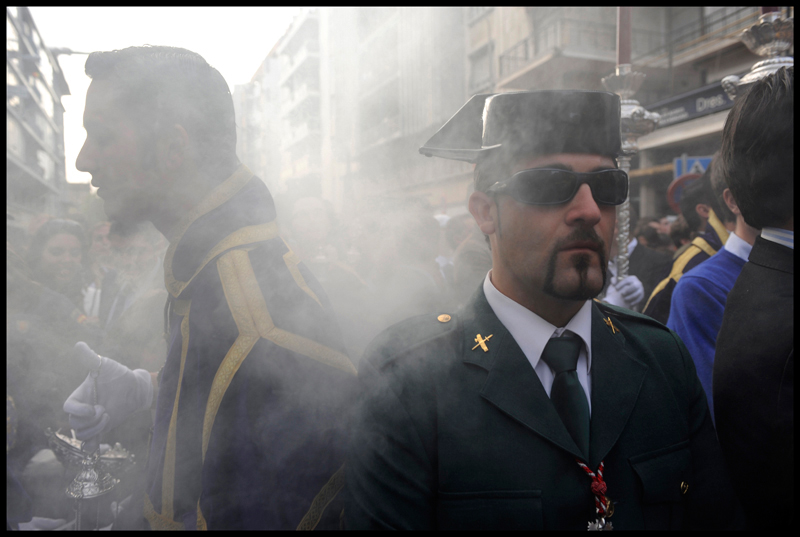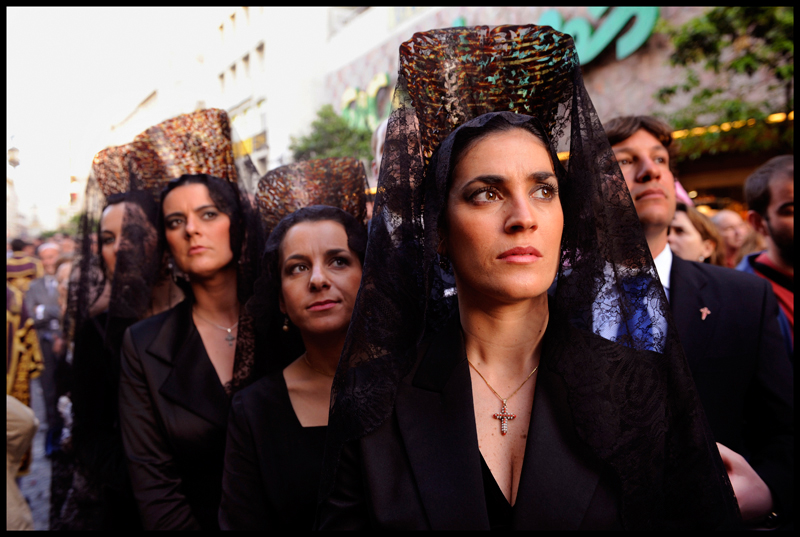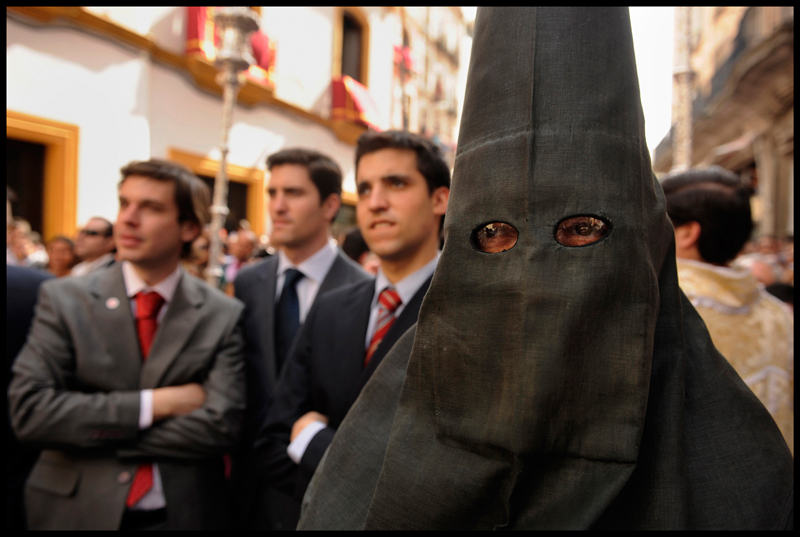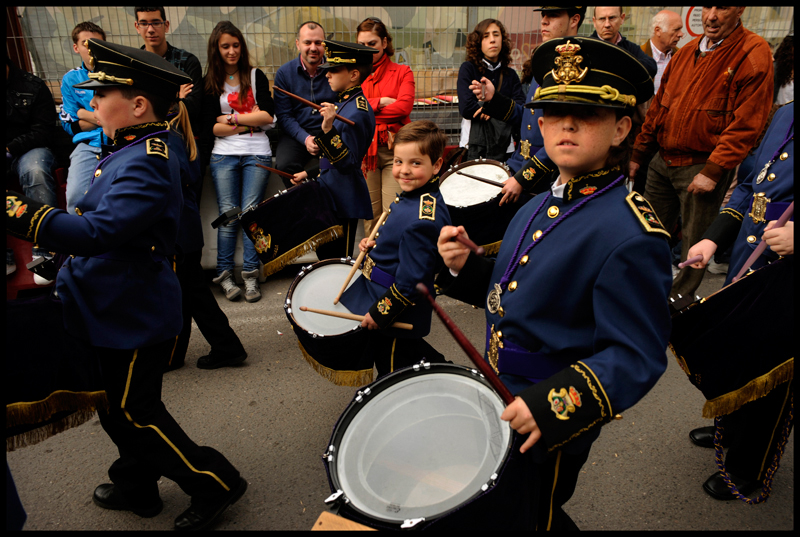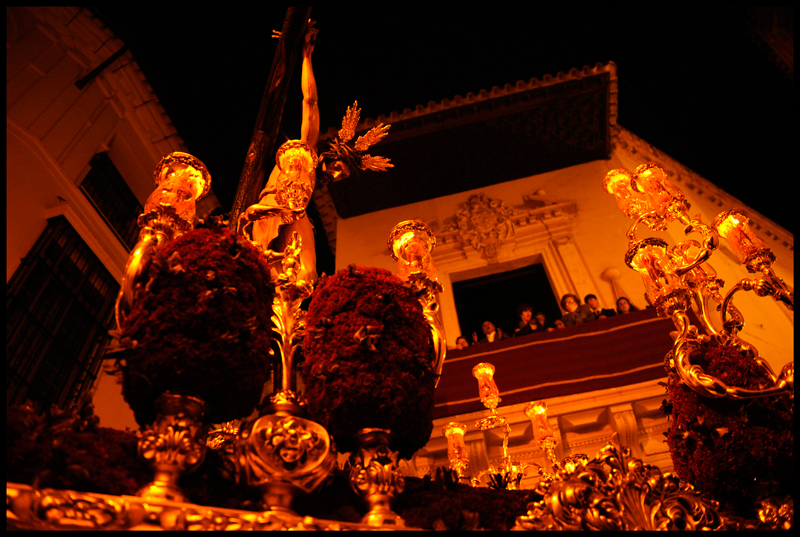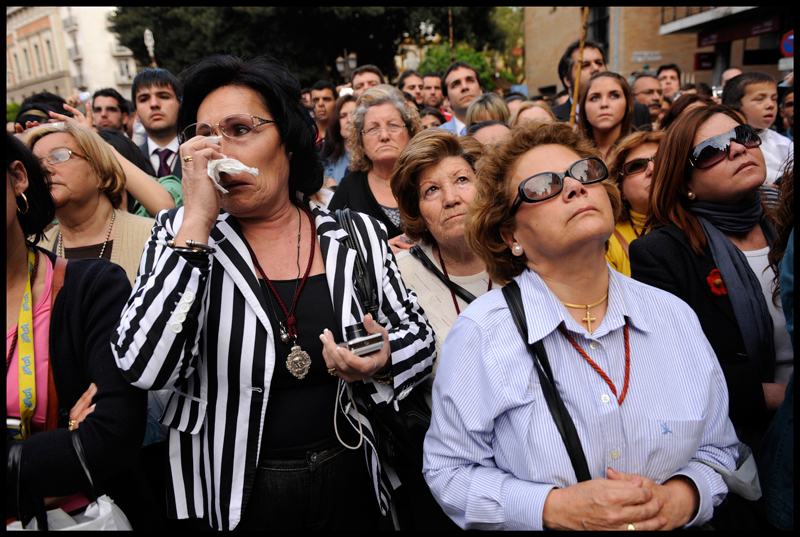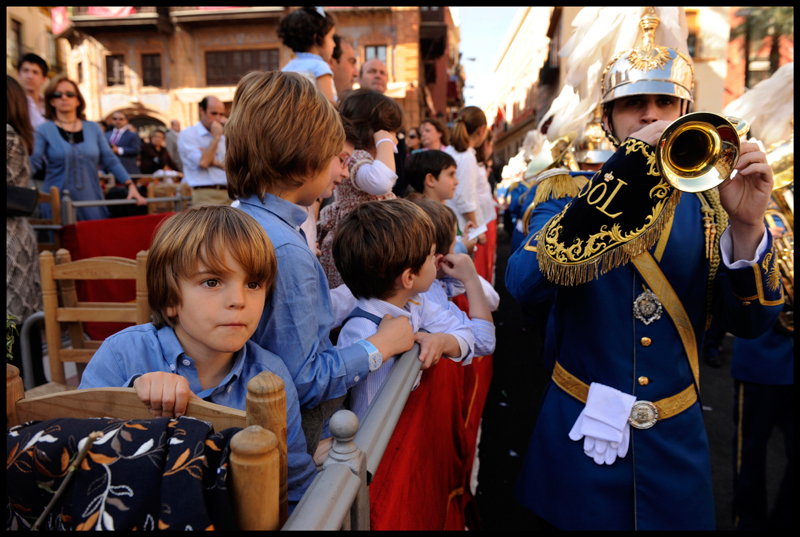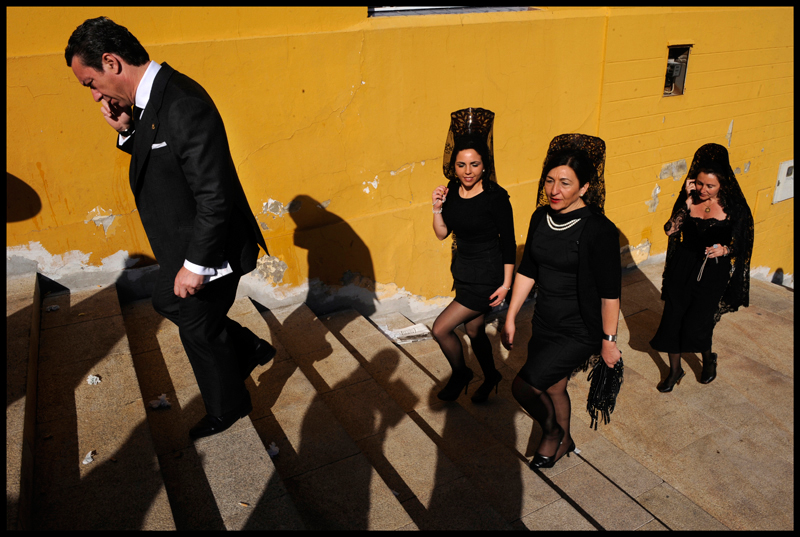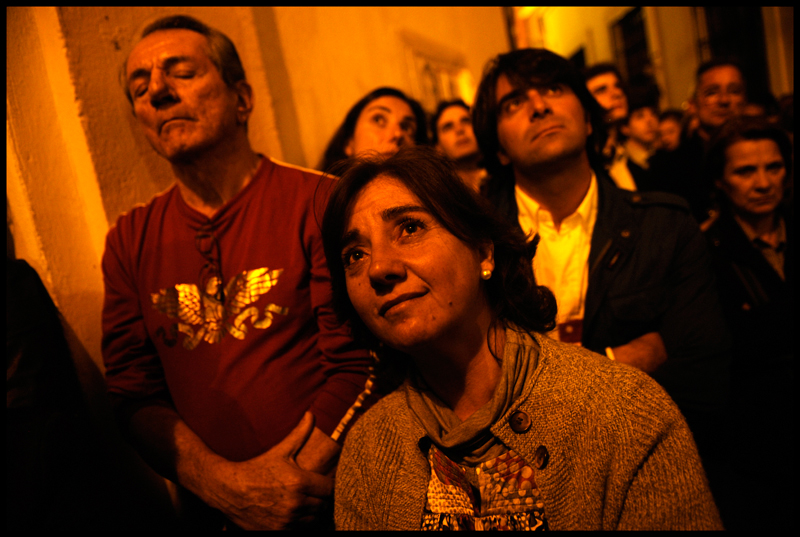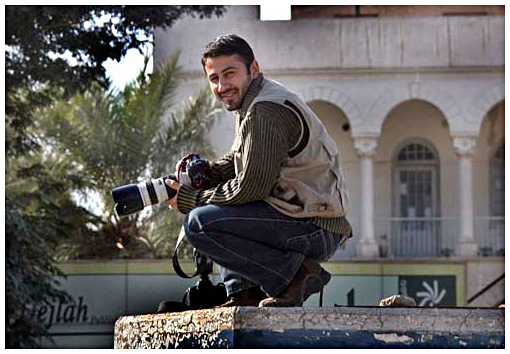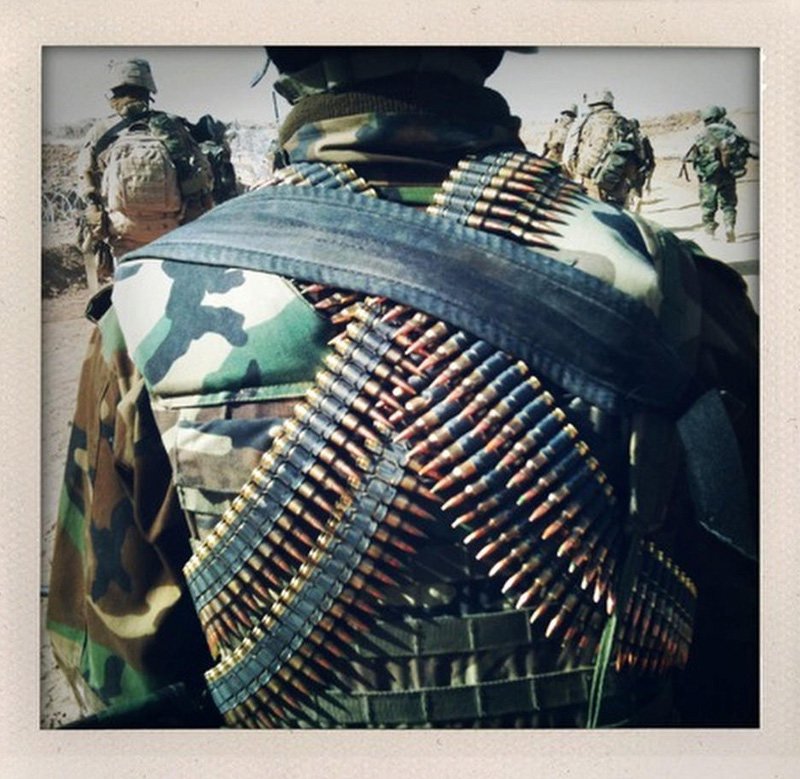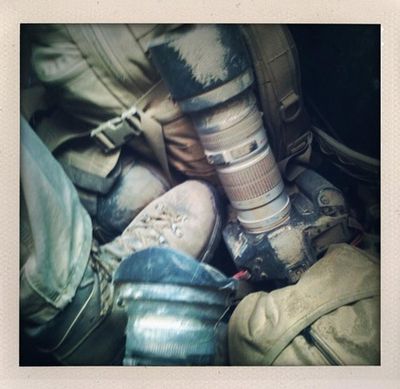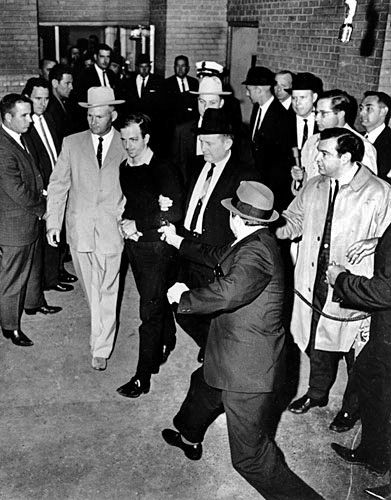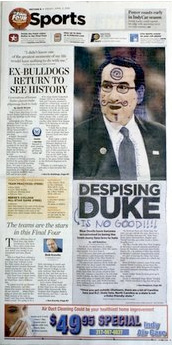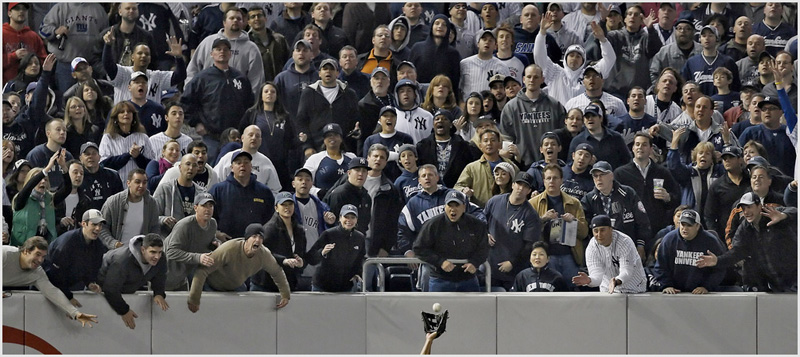Neil Burgess, former Chairman of World Press Photo and owner of the photo agency NB Pictures, calls T.o.D. on photojournalism.
"Magazines and newspapers are no longer putting any money into
photojournalism. They will commission a portrait or two. They might
send a photographer off with a writer to illustrate the writer’s story,
but they no longer fund photojournalism. They no longer fund
photo-reportage. They only fund photo illustration."
The decline of photojournalism is almost too big a subject for this humble li'l blog. Just a few of the bigger questions: Is still photojournalism needed at all any more? Who is going to fund it? Why, with all the photographers putting their own work out on the web in a ceaseless torrent, aren't more amateurs using their photography for extended reportage? Was there ever really a golden age for photo-reportage, or is that a figment of nostalgia?
I thought of this again last night when the news got through to me that 91-year-old Sidney Harman, who founded harman/kardon, a hi-fi electronics and speaker company, in 1952, is buying Newsweek, basically by assuming the subscription debt (I'm sure it's more complicated than that, but that's the essence—he's taking on all the obligations). My first thought was, why? What on earth could a 91-year-old man do with a fading weekly that needs cash intravenously to stay alive, the circulation of which is imploding like Building Seven? The puzzle is one of imagination: figuring out what can you do with a print weekly that you can't do more easily and cheaply some other way, envisioning it functioning as a viable product, imagining its place in a changed world. What can it provide that people need? The problem is the same as photojournalism's problem: the old model is quickly becoming non-viable, but it hasn't yet become at all clear what the new model will be...
...Or if there will even be one. I seem to remember Mick Jagger saying recently that historically there was only a really small window during which musicians could get rich. The interviewer's assumption seemed to be that we had to find a way to keep the window open, but Jagger's take seemed to be that maybe the window is just closing. He was grinning and saying that he was lucky the window just happened to coincide with his own career, but it's at least possible that all kinds of people who do things society considers worth doing will just not be supported going forward.
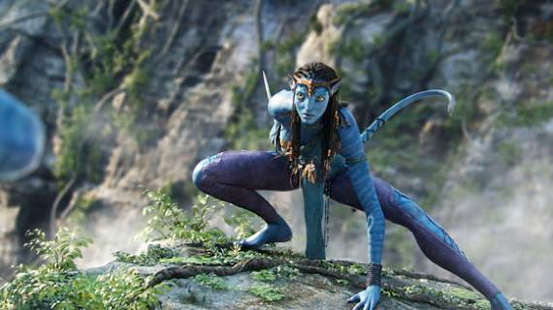 The time is fast approaching when we just won't need humans for this sort of thing.
The time is fast approaching when we just won't need humans for this sort of thing.
This is an aside, but I wonder why nobody has started talking yet about another soon-to-be-endangered species: actors. With animation getting more realistic all the time and CGI improving almost movie-by-movie, the time is fast approaching when studios won't need actual humans to play the humans in big movies any more than automobile companies need a living, breathing guy to weld a seam. Why pay $20 million to some temperamental prima donna and have your production schedule and sequel opportunities held hostage to their whims, when you could create a far more durable and docile "star" that is literally all you can imagine? Homer Simpson does all his own stunts. I can foresee a time when only tiny independents will be using photography of actual humans to create films, making a virtue of that blatant deficiency only because they can't afford "proper" computer-generated production values....
Mike
Send this post to a friend
Note: Links in this post may be to our affiliates; sales through affiliate links may benefit this site. More...
Original contents copyright 2010 by Michael C. Johnston and/or the bylined author. All Rights Reserved.
Featured Comment by
Craig Norris: "It's just another chapter in an ongoing story. My father had to change his line of work in the 1970s when the hot metal Linotype machines were made obsolete by the new phototypesetting systems. He became a proofreader. Less than two decades later proof readers were mistakenly considered obsolete when spelling and grammar checking software was introduced (spelling and grammar are only a small part of a proof reader's responsibility).
"I was managing projects to implement phototypesetting systems in the early eighties and that job became obsolete almost faster than the ink dried in the newspaper.
"It's nothing new. The Luddites objected violently when it happened to them in the 19th century. It'll keep happening. That's progress. We may not like it, but we'd certainly better learn to survive it.
"Ironically, I'm a photographer today because my previous career in television broadcast engineering evaporated in much the same way photojournalism has. The wise thing for me to do is to have a plan for the next chapter beyond this one, after it's no longer viable to remain a photographer.
"I see life as something like surfboard riding. Falling off the surfboard is the least of your worries. Paddling out away from the shore so as to be in the right place at the right time to catch the next wave is the most important thing.
"A positive attitude would have one getting out of bed every morning and shouting 'Surf's up!'"
Mike replies: ...And I ended up writing this website because I lost my last editing job in 2001 and nobody seemed terribly interested in hiring me. Best thing that ever happened to me, as it turned out, although I did get tumbled around and disoriented by the waves quite a bit along the way.
Featured Comment by John Camp: "Yes, there was a golden era of photojournalism, and I wrote an opening essay in a book about it—Larry Millett's Strange Days Dangerous Nights: Photos From the Speed Graphic Era .
.
"In that era, roughly from the late '20s to the late '50s, newspapers and magazines were the dominant media. Because they sucked up most of the advertising dollar, they had lots of space to fill—and photographers were far cheaper space-fillers than reporters. One photograph, a 'grip and grin' of the mayor proclaiming 'Walnut Days,' would suck up three columns by six inches of newspaper space, the same as an average story. The difference was, the story took most of the day to report and write. A photographer might be sent to five or six routine photos in a day—they shot everything that moved—and fill up the equivalent of an entire page. There were hundreds of photos of auto accidents, murders, fires, routine stuff that would never get covered any more. The large photo staffs, of course, meant that when something serious did happen, there were lots of people to shoot it. And because there were so many skilled photographers around, with connections to the news media, and because the media were centralized through organizations like AP and UP and INS, there were all kinds of opportunities to shoot. My hometown paper, in Cedar Rapids, Iowa, through the 1950s ran a full page of wire photos from around the world....
"This all started to disappear with television."
Featured Comment by Ken Jarecke: "Which death is this now? I sometimes lose track.
"Life magazine was dying before it even got started, way before TV, low subscription rates, or whatever else is normally blamed for its demise. (No, really. If WWII hadn't come along Luce would have killed it.)
"Yes, Time and Newsweek are not worth picking up, let alone buying. Sad these two are used by Neil Burgess (a Londoner) as industry standards: there was a time not too long ago when the absolute best photojournalism produced in the world would be published in the Sunday magazine sections of the London papers.
"I wonder which came first? Did the readers leave before or after publications stopped paying for and publishing great work? I suppose the only important thing is that both sides of the equation is now gone.
"Ultimately, the readers left when the publishers failed to deliver their product to them. The question is, as they try to rectify this (with the iPad and whatnot), without great content why should readers (and thus advertisers) ever return?
"(It's kind of funny. Publishers are always quick to petition the postal service when rates are increased, yet fail to realize that delivery system is pretty much worthless at this point. Actually, worse than worthless. Newsweek was sold for a dollar because of all the subscription liability it owes.)
"Still, I think this is a 'darkest before the dawn' moment. Photojournalism is not dead. The way of delivering and paying for it is a problem, but it's as healthy as ever. Agreed, this isn't saying much. It's never been a great or a secure way to make a living, but everything is up for grabs now, including the chance to profit from our own work.
"If you can produce great work, smartly, on a budget, there's an audience to reach. An audience that isn't being served by the old publishing giants. This is a great opportunity.
"Let's put it this way, Jagger may be right (although I'm pretty sure we have a differing view of what constitutes 'rich') but photojournalists have never gotten that window. We've always worked for someone else. Normally we've worked for standardized rates, both day and space. Rarely have we been able to call are own shots. Now that we've got a delivery system we might just be looking at a true 'golden age.'"
Featured Comment by Paul W. Luscher: "Well,
sometimes the whole technology thing makes me think of the old cartoon
gag of a man sawing off the tree branch he is sitting on.... Seems to me
that we are busily working to make ourselves obsolete, without us
realizing what we are doing."
